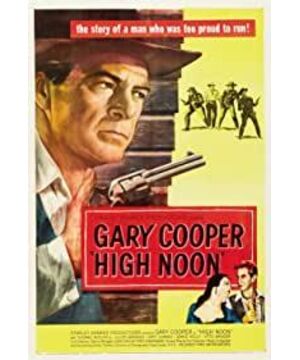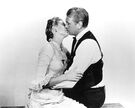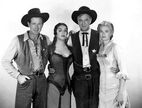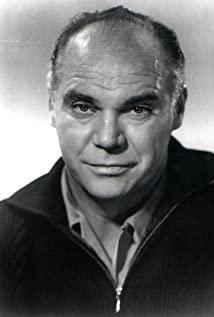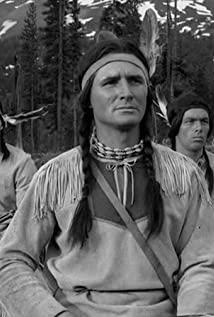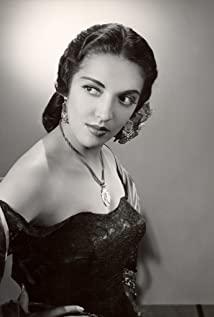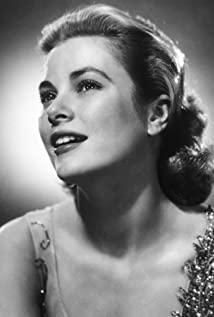The narration of the film conforms to the unity of three, which is the classical narration pursued in the period of classic Hollywood at that time. The storyline is complete, using a closed story structure to build a fictional materialized world.
At the wedding, the flesh-and-blood sheriff, who should have enjoyed a happy life and resigned, was burdened by the criminals he once arrested and abandoned by the local residents. In the end, the sheriff's victory ushered in a heroic happy ending. The dramatic conflict drives the development of the plot, the rhythm of the whole film is appropriate, and the emotions are in place.
Western cowboys, brave and resourceful tall and handsome heroes, beautiful wives, and masked villains all fit the style of classic Hollywood movies.
In the film, the sheriff is just and kind, and he is also in an embarrassing situation where no one can help, which inevitably leads the audience to think about morality. At the same time, the sheriff's deeply contradictory psychological description is also a change of times in Hollywood at that time. The traditional moral persuasion of the element symbols can no longer meet the needs of the audience. The times change and the society changes, and the new wave of film revolution is impacting In Hollywood, new ideas are also flowing.
View more about High Noon reviews


